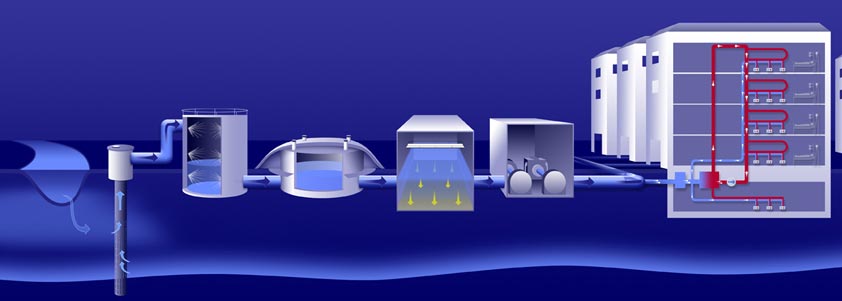About Legionella

Legionella: Why does it live in drinking water systems?
Legionella spp. can be found in all kind of water reservoirs with ideal growth conditions. Those conditions are warm water temperature between 30 °C and 45 °C, stagnating water (for example when buildings, apartments or water outlets are rarely used) and complex water systems with dead ends. All those conditions support the growth of a slimy biofilm layer on the inner surface of water pipes. In such biofilm Legionella are well protected against chemicals and heat. Here also live their hosts, so called amoeba, which are necessary for their growth. With the water flow biofilm particles containing Legionella can be sheared off and reach showers, taps and other water outlets.
Legionella can cause Legionellosis. What is Legionellosis?
Legionellosis is a severe lung inflammation which may occur more than one week after the contact with Legionella pneumophila. Inhalation of Legionella containing aerosols is the best known transmission pathway. Aerosols can derive from air conditioning, cooling towers or showers. Therefore appropriate measures need to be established to keep Legionella concentrations in those systems controlled. In many countries drinking water concentrations > 1000 colony forming units/L is regarded as a highly contaminated water system. However infection and disease severity also depend on the immune status. Elderly people with a weak immune system carry a higher risk of contracting Legionellosis.
Public buildings: Requirements to the drinking water installation
Under general health and safety law, duty holders including employers or those in control of premises, must ensure the health and safety of their employees or others who may be affacted by their undertaking. They must take suitable precautions to prevent or control the risk of exposure to Legionella. For more information, see HSG 274 Part 2, 2014: "Legionnaire´s disease: The control of Legionella bacteria in hot and cold water systems: Approved Code of practice 2014 (http://www.hse.gov.uk/pubns/books/hsg274.htm)


